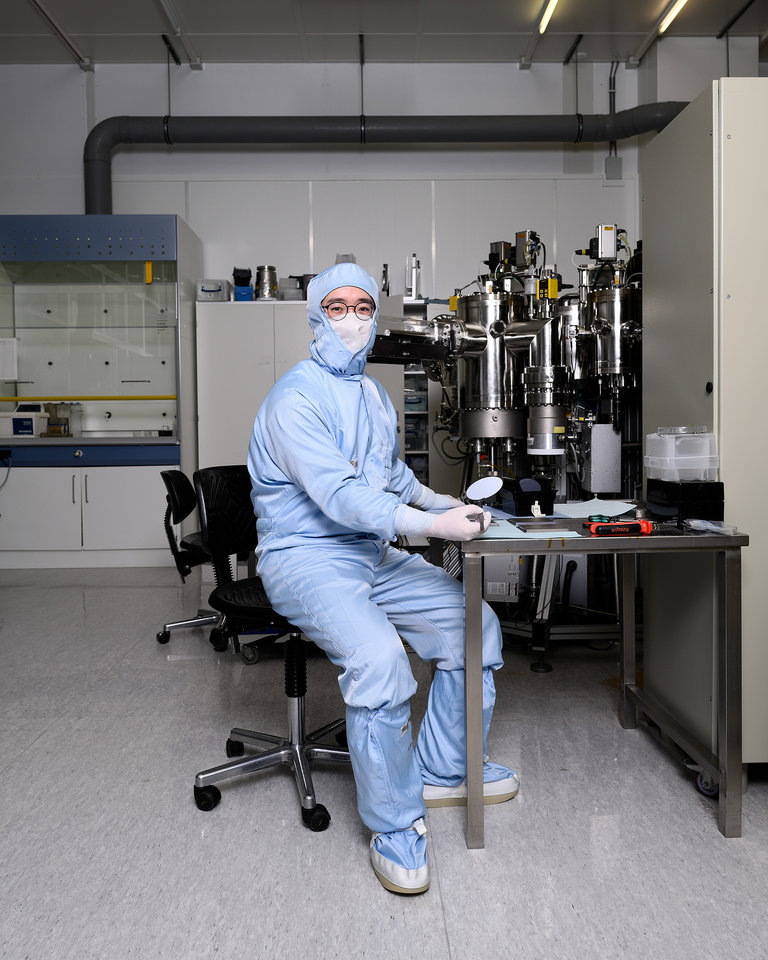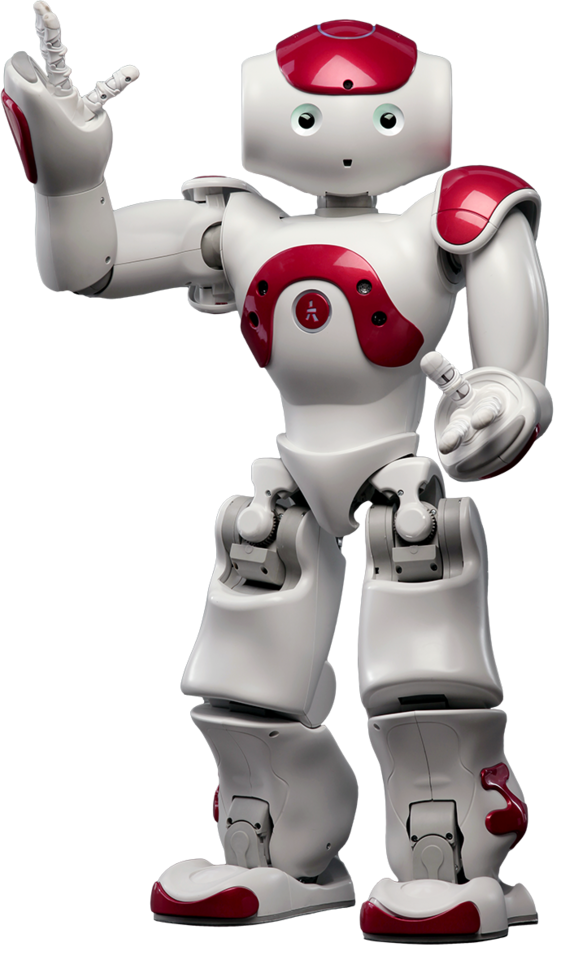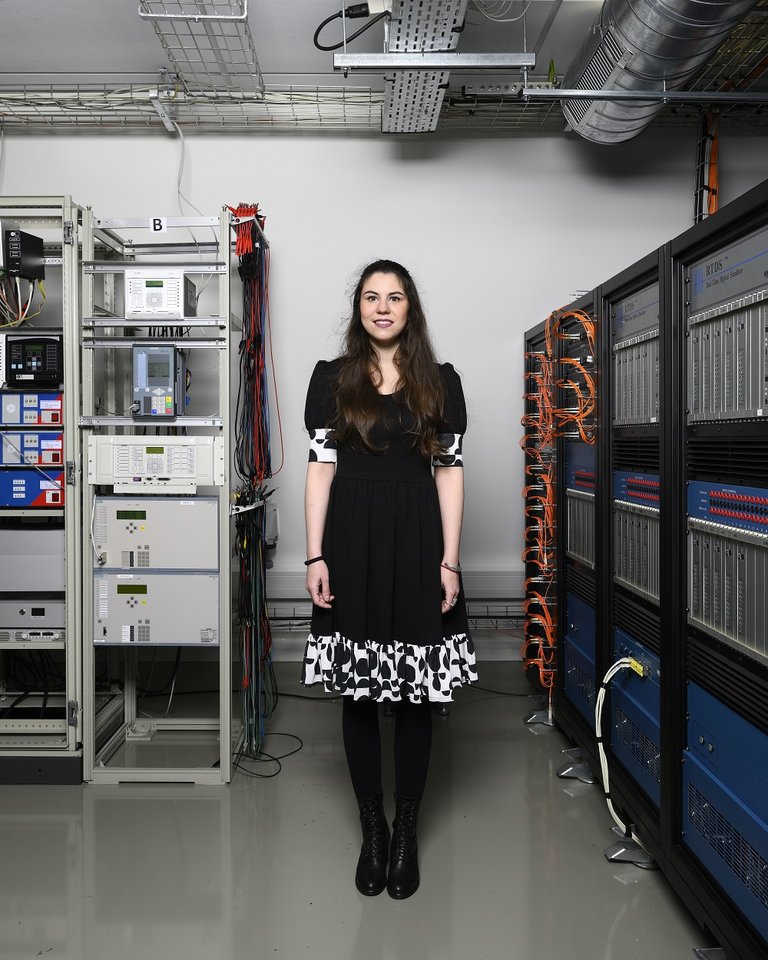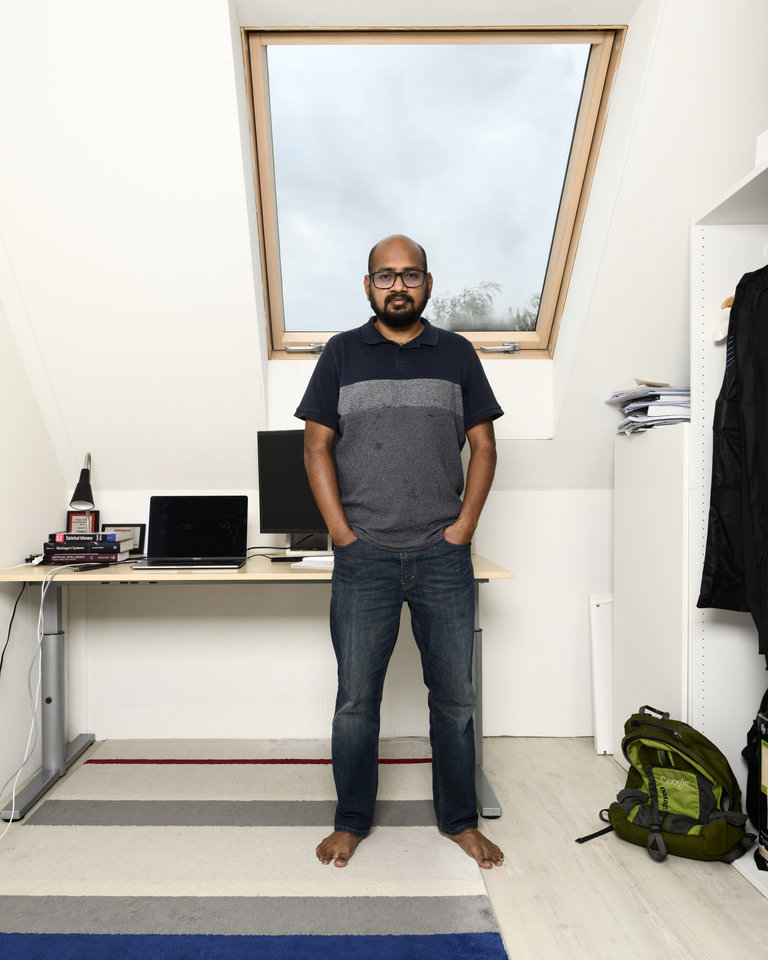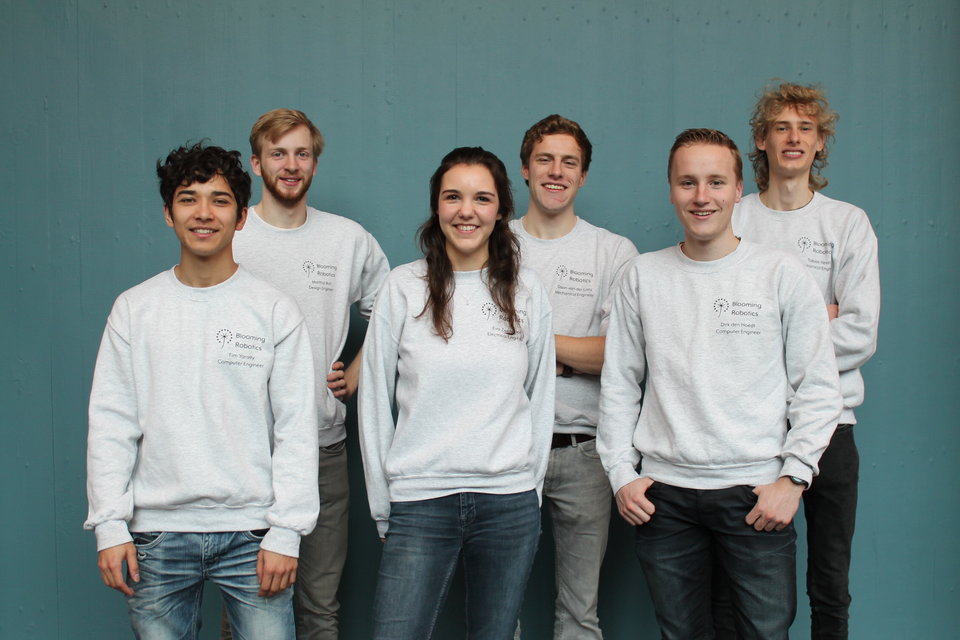When you think of a laboratory course, white lab coats, plastic safety goggles, fluorescent liquids and smoking test tubes are probably the first things to come to mind. However, in many cases, this proves to be little more than a romanticisation of the truth: behind the romantic façade, there often lurks a substantial ‘silent’ organisational force. Something to which engineer Joris Koeners is no stranger. He has recently focused his time on developing the so-called Remote Lab: a tool that allows students to complete their laboratory course remotely.
Conducting experiments and completing lab assignments online without the physical equipment at hand. Enlighten us… how does that actually work?
It was often already possible to conduct experiments remotely in recent years, but you had to use a website designed especially for the laboratory course in question. The huge drawback of such a website is that you – constantly – need to update it. To the latest version of Java, for example. That simply did not work. To put an end to all that messing around, I wanted to develop a system that would allow students to log in on a computer with their NET-ID and gain access to actual hardware. Using a regular browser and an existing account, they could access specific equipment in our EEMCS laboratories. That was my dream.
Has your dream now become reality?
I hope – and think – it has. You see, the first laboratory course was held in the week of 17 to 21 June: 18 one-hour sessions in which students set to work with an electric motor set-up – remotely, using their own computer. The Remote Lab means that students can now control this electric motor and conduct oscilloscope measurements from home or in the library. One screen allows them to adjust settings virtually, while another screen shows what is actually happening in the lab.
How can you be so sure that everything is working as it should?
I watched over the student’s shoulders. With their permission, of course. It was interesting to see how the students interpreted and carried out the different activities. At times I thought: ‘What’s he up to now?’ And at other times: ‘Great! Keep up the good work.’ The benefit of remote laboratory courses is that students feel a lot less rushed. During a physical laboratory course, attended by dozens of students, I noticed that some students started to become insecure when a few other students finished within the first 15 minutes. Such pressure is not an issue with the Remote Lab. In our Remote Lab, you can reserve a one-hour time slot, for example. If you do not finish the lab assignment within the hour, you simply reserve another hour. It’s ideal.
How can you guarantee safety in remote laboratory courses?
The system uses a remote desktop, so I can take complete control of the computer wherever I am – including of the keyboard and mouse. I have also designed the laboratory course so that students can only enter commands within a certain range. These commands are then forwarded to a micro-controller, which carries them out in the lab. This allows students to adjust the parameters of the electric motor and conduct concrete measurements using the oscilloscope. I do think that it is important to prevent the laboratory course from becoming a recipe book packed with clear instructions. The same actually applies to all lab courses. Let’s get those brains in gear.
To summarise: what is the real benefit of a Remote Lab like yours?
It offers a generic solution. Of course, you still have to fine-tune the interaction with the set-up. But the access is sorted – at all times. The student also does not need to install any software, it is more secure, you need fewer set-ups and considerably less effort is required from both the students and lecturers. There is no need to reserve a space for each laboratory course. And what about the workers who are freed up? It is still just a prototype, but as you can probably tell… I am extremely pleased with what we have already achieved. Thanks to the folks in ICT.






